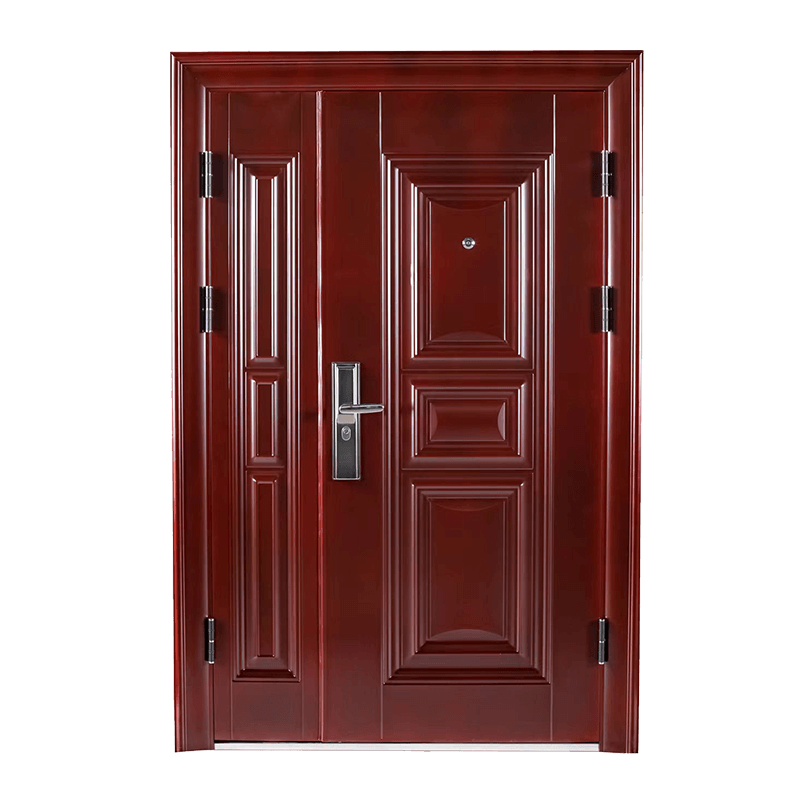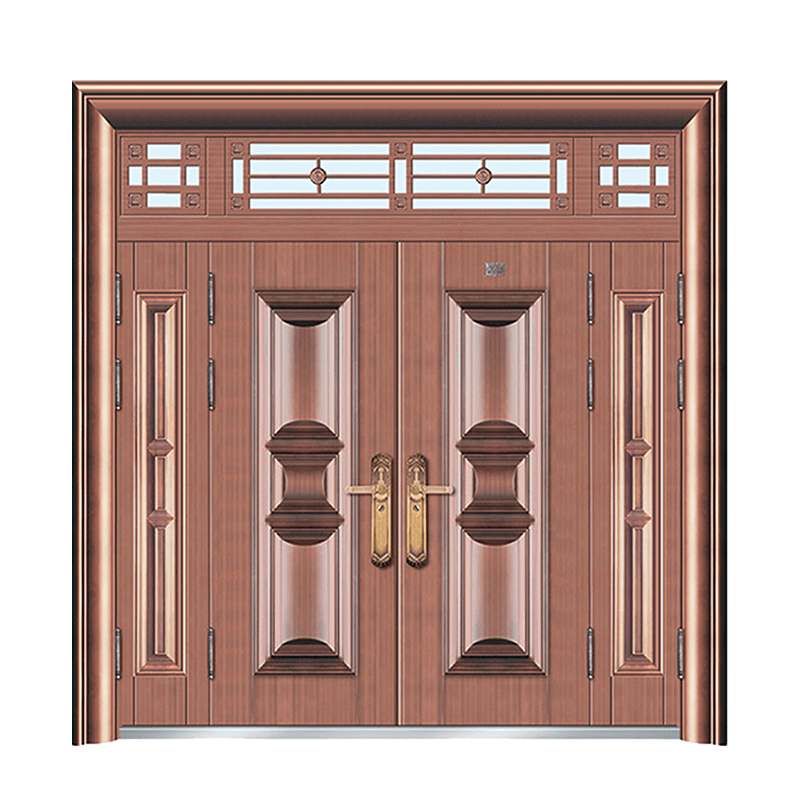Enhancing Fire Safety With Steel Door Frames And Doors
Apr 29, 2024
Fire safety is paramount in any building, and the selection of appropriate materials for doors and door frames plays a critical role in containing fires and less damage. Among the various options available, fire-rated steel door frames and steel doors stand out for their durability, strength, and ability to withstand high temperatures. This article explores the benefits and applications of these components in enhancing fire safety measures within buildings.
Fire-Rated Steel Door Frames:
Fire-rated steel door frames are engineered to resist fire and maintain structural integrity under bad conditions. Constructed from robust steel alloys, these frames provide a sturdy foundation for fire-rated doors, ensuring they remain securely in place during a fire emergency. The design of these frames includes features such as reinforced corners and welded joints, enhancing their durability and resistance to heat transfer.
One of the key advantages of fire-rated steel door frames is their ability to contain fires within designated areas, preventing the spread of flames and smoke. This compartmentalization is crucial for protecting occupants and limiting property damage in the event of a fire. Additionally, steel door frames are non-combustible, reducing the risk of ignition and contributing to overall fire safety standards within buildings.
When paired with fire-rated steel doors, steel door frames form a comprehensive fire-rated assembly that offers enhanced protection against fire hazards. Steel doors are specifically designed to withstand the intense heat of a fire while providing a barrier to prevent the spread of flames and smoke. The integration of steel door frames with fire-rated doors creates a cohesive system that meets stringent fire safety regulations and standards.
Steel doors offer several advantages over other materials commonly used for fire-rated doors, such as wood or fiberglass. They are inherently fire-resistant and do not warp, crack, or splinter when exposed to high temperatures, ensuring reliable performance during a fire emergency. Additionally, steel doors are highly durable and require less maintenance, making them a cost-effective long-term solution for fire-rated applications.
Applications and Considerations:
Fire-rated steel door frames and steel doors find widespread use in various commercial, industrial, and institutional settings where fire safety is a primary concern. These include hospitals, schools, office buildings, warehouses, and manufacturing facilities. When selecting fire-rated steel door frames and doors, several factors should be considered, including the required fire rating, size and configuration of the opening, building codes and regulations, and aesthetic preferences.
In conclusion, fire-rated steel door frames and steel doors play a crucial role in enhancing fire safety measures within buildings. Their durability, strength, and fire-resistant properties make them an essential component of comprehensive fire protection systems. By investing in fire-rated steel door frames and doors, building owners and facility managers can create safer environments for occupants and lessen the potential impact of fires on property and assets.
Furthermore, the versatility of steel door frames allows for seamless integration into various architectural styles and design aesthetics. Whether in contemporary office buildings, industrial facilities, or institutional settings, their sleek and modern appearance complements diverse interior and exterior environments. Additionally, advancements in manufacturing techniques have led to customizable options, enabling architects and designers to tailor fire-rated steel door frame solutions to meet specific project requirements. As the demand for robust fire safety measures continues to grow, the importance of incorporating fire-rated steel door frames and doors into building designs cannot be overstated.

 English
English 中文简体
中文简体 Français
Français Español
Español عربى
عربى





